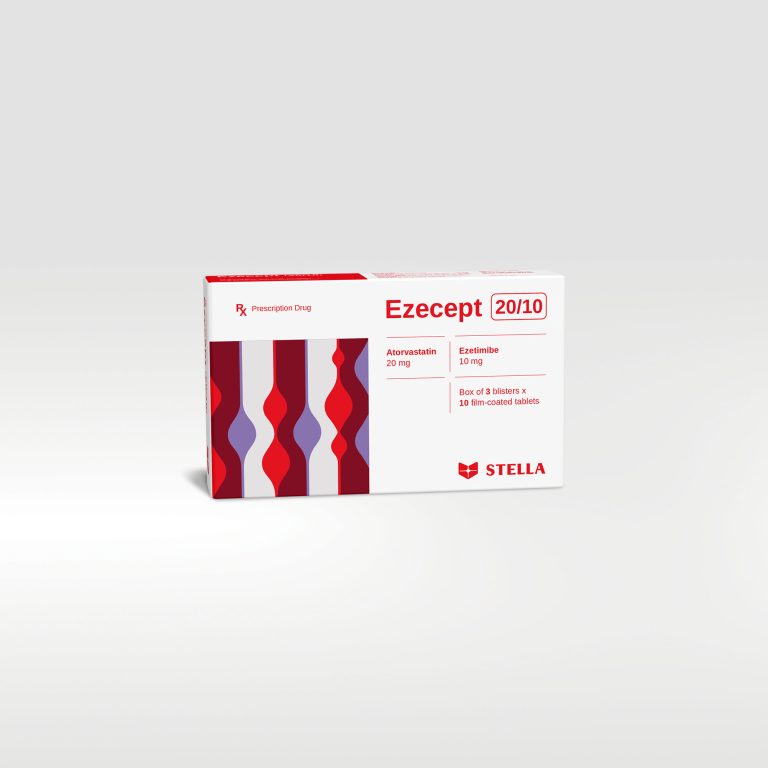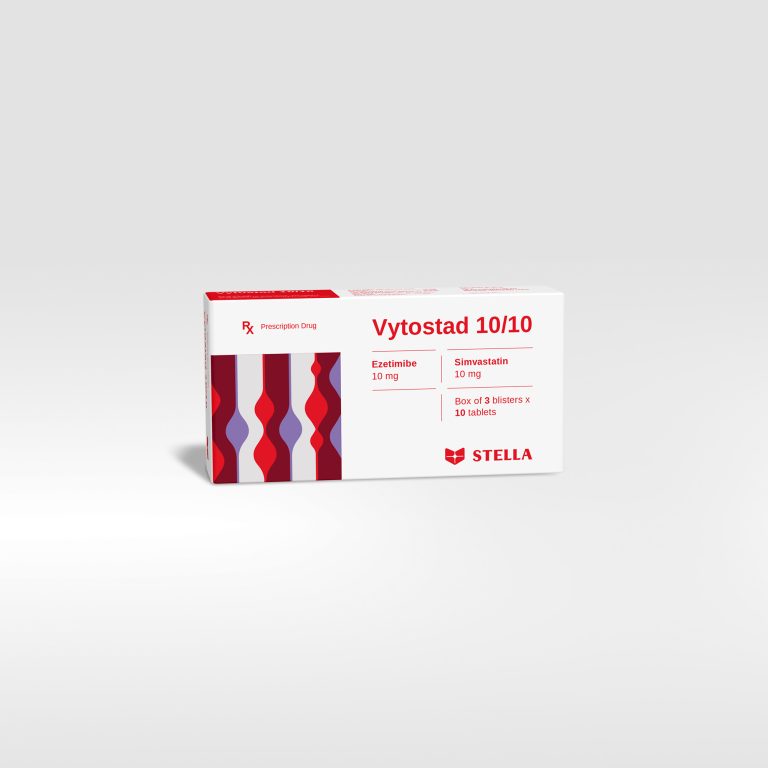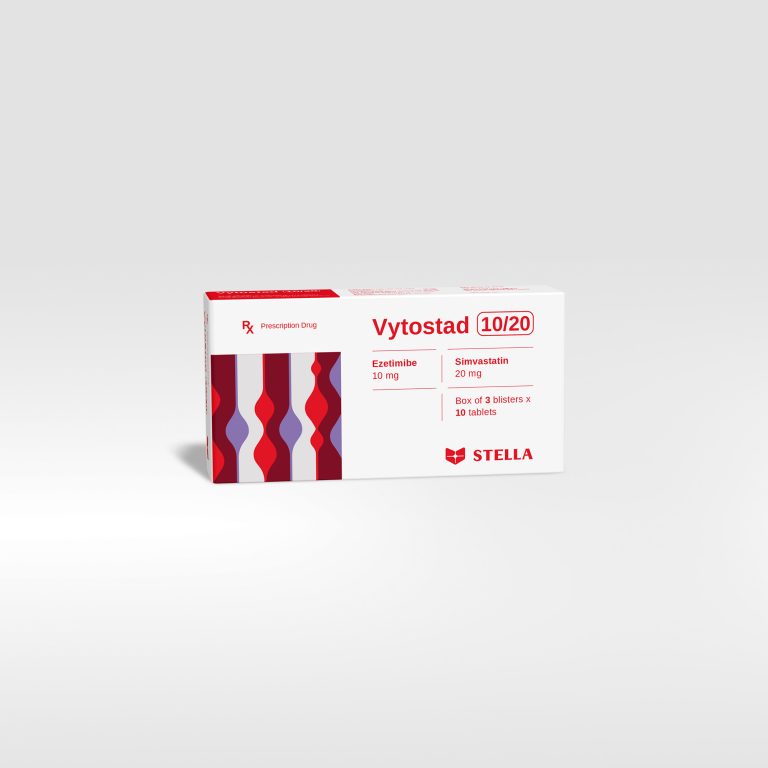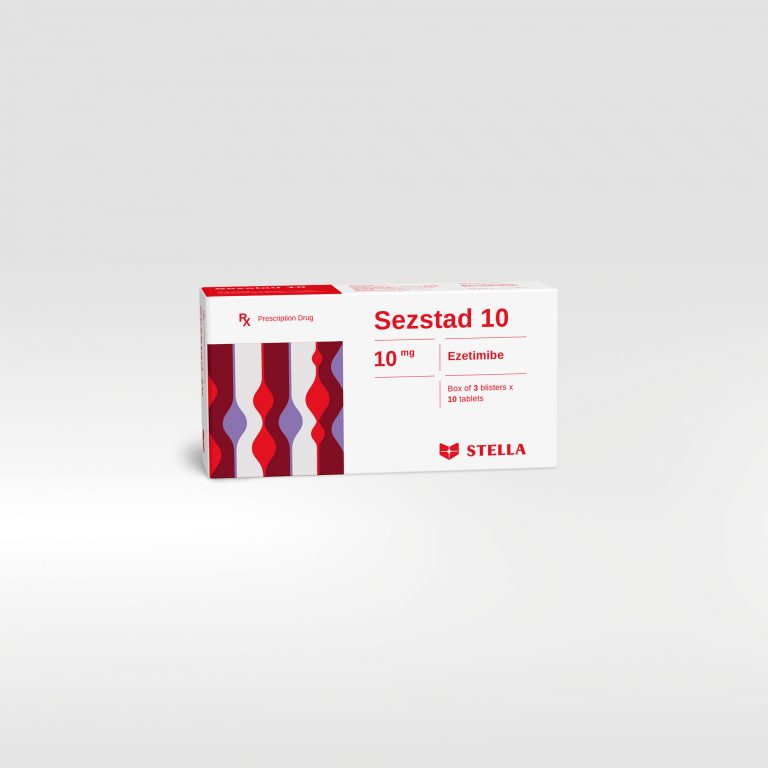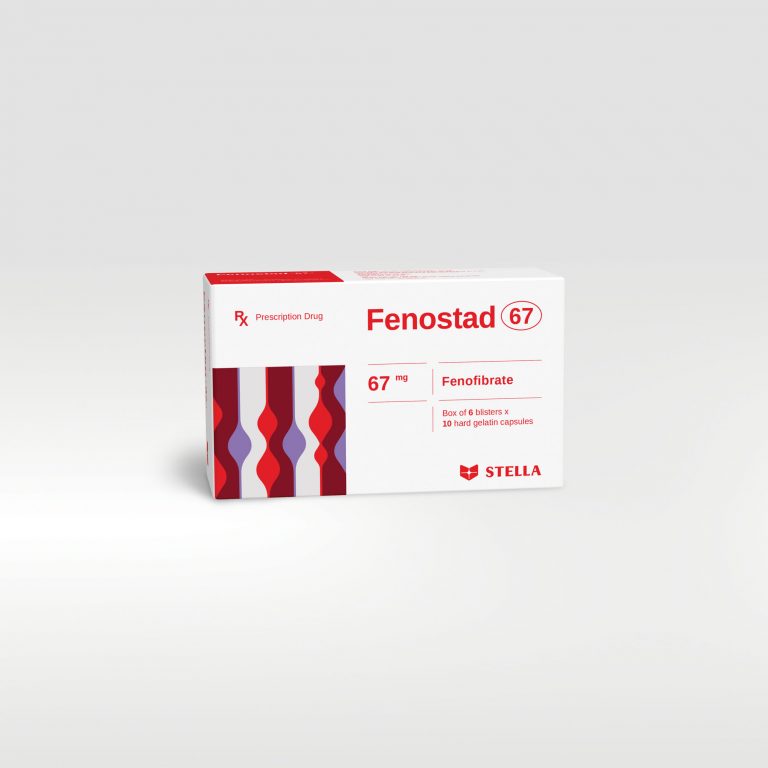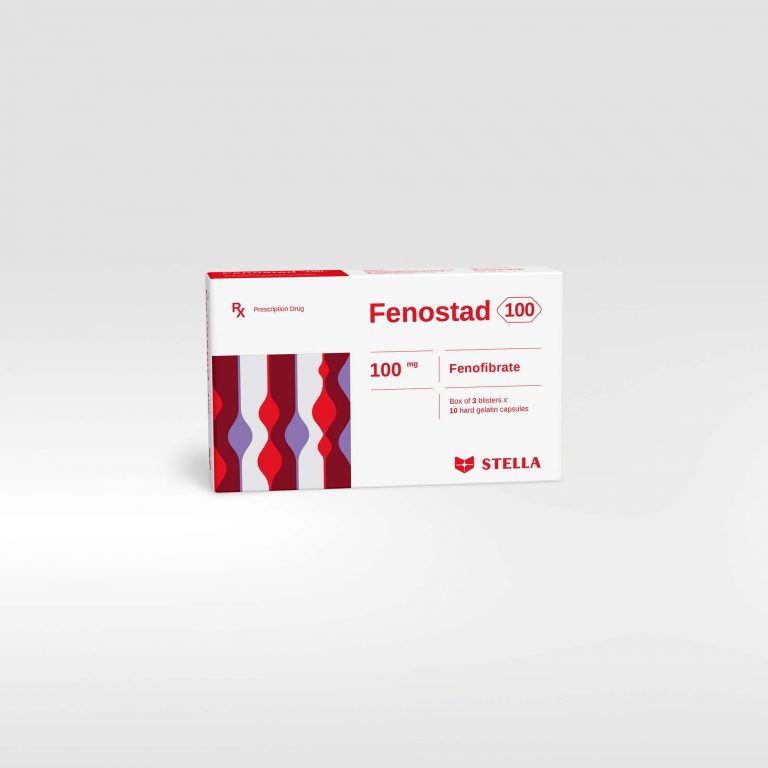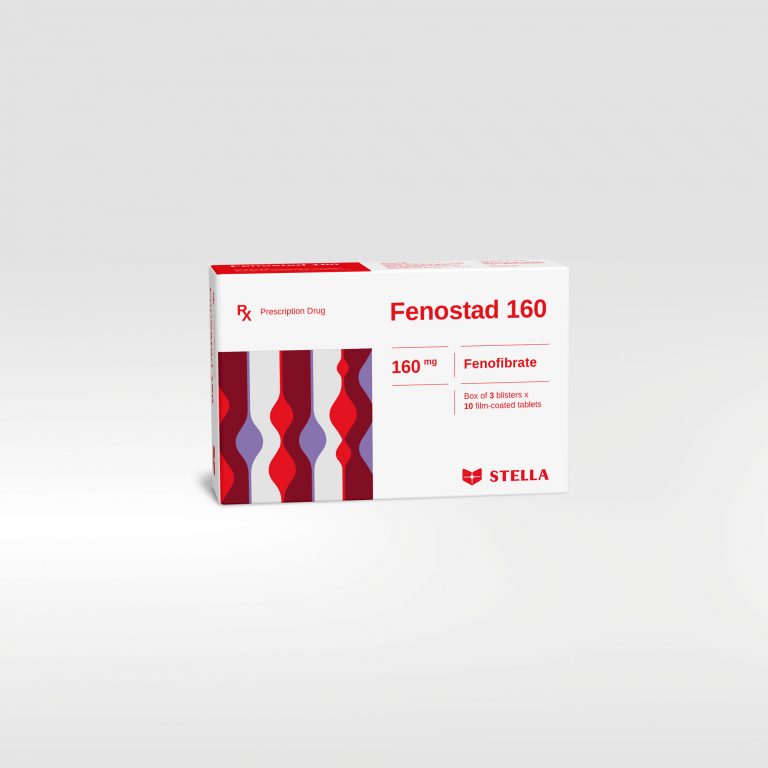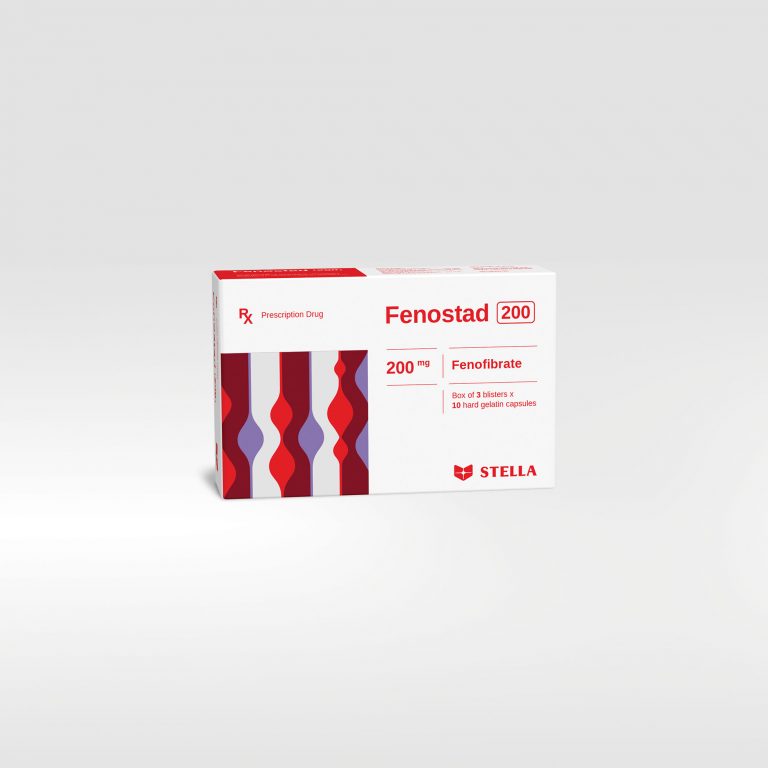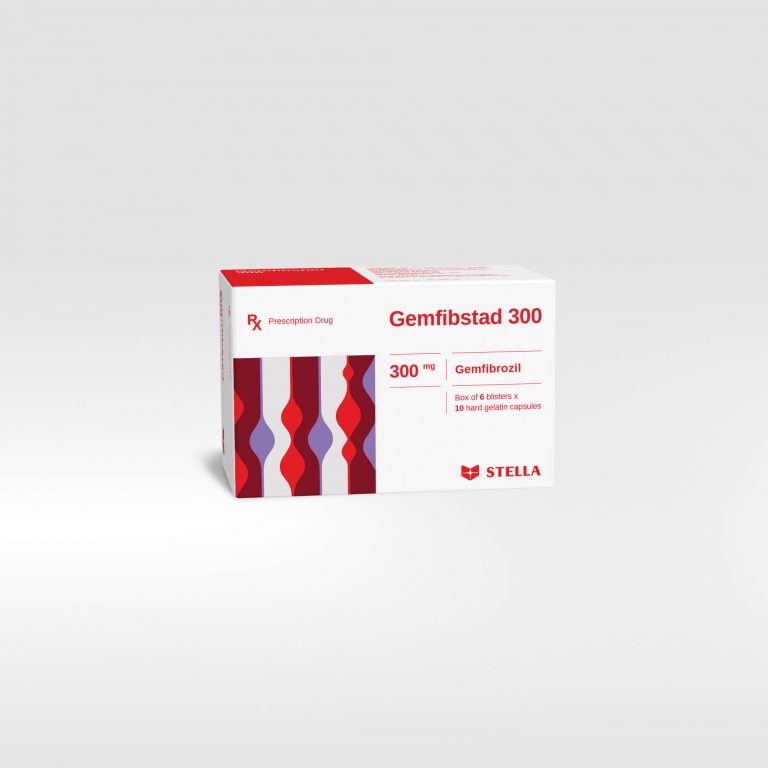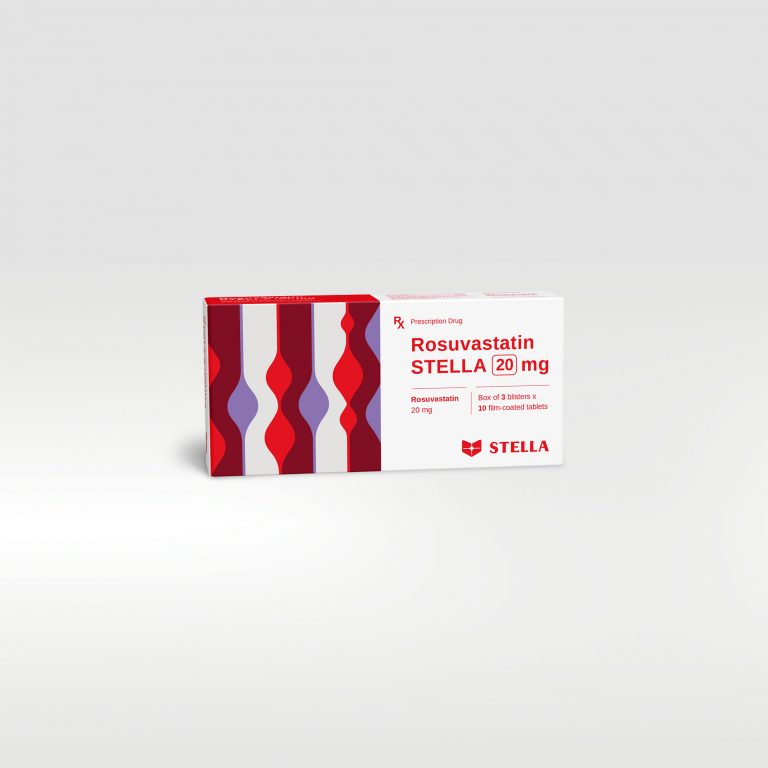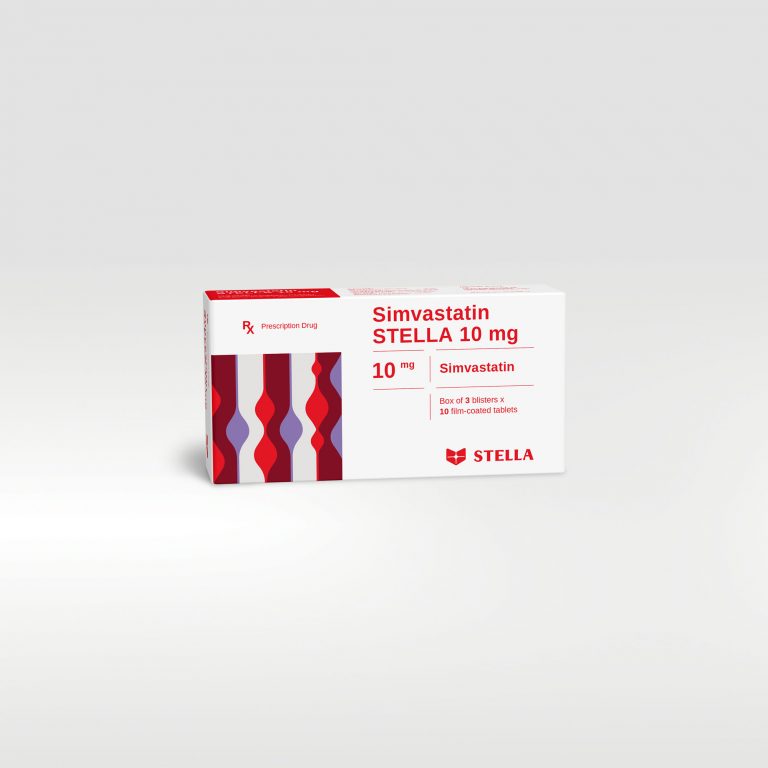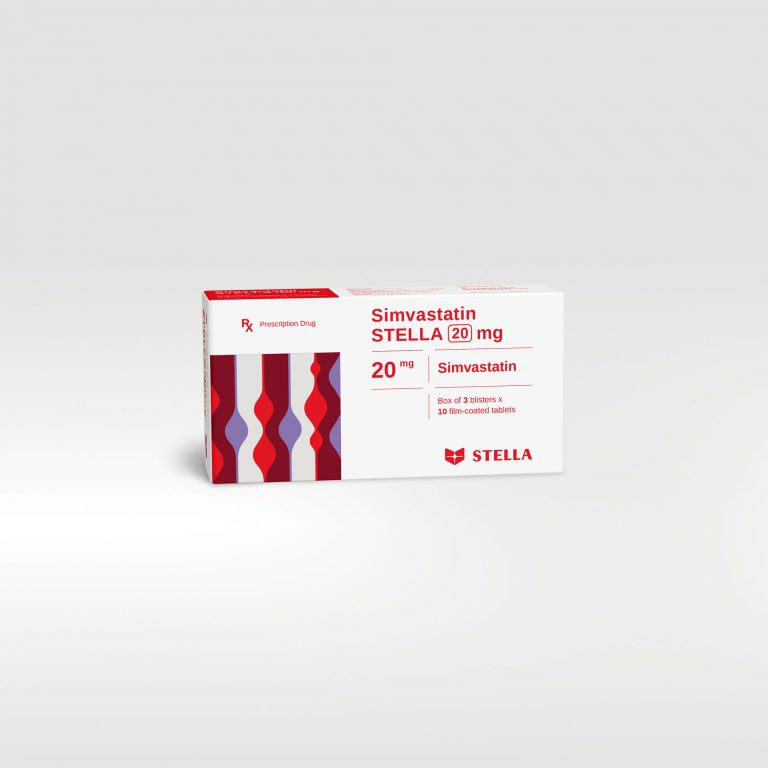Indications
- Prevention of cardiovascular events
Ezecept 10/10 is indicated to reduce the risk of cardiovascular events (cardiovascular death, non-fatal myocardial infarction, non-fatal stroke, hospitalization for unstable angina, or need for revascularization) in patients with coronary heart disease (CHD) and a history of acute coronary syndrome (ACS), whether or not previously treated with a statin.
- Hypercholesterolaemia
Ezecept 10/10 is indicated as an adjunct treatment to the diet in adult patients with primary hypercholesterolaemia (heterozygous familial and non-familial) or mixed dyslipidaemia when the use of a combination is appropriate:
– Patients not controlled properly with a statin alone.
– Patients already receiving a statin and ezetimibe.
- Homozygous familial hypercholesterolaemia (HoFH)
Ezecept 10/10 is indicated as adjunctive therapy to diet for use in adults with HoFH. Patients may also receive adjunctive treatments (e.g. LDL apheresis).
Dosage
- Hypercholesterolaemia and/or coronary artery disease (with history of acute coronary syndrome)
During the entire treatment with Ezecept 10/10, the patient must follow an appropriate lipid-lowering diet.
The dose of atorvastatin/ezetimibe is 10/10 mg per day to 80/10 mg per day. The usual dose is 10/10 mg once a day. LDL-C level, risk factors for coronary artery disease, and the patient’s response to current cholesterol-lowering treatment will be taken into account when starting therapy or adjusting the dose.
The dosage of atorvastatin/ezetimibe should be individualized and take into account the known efficacy of the different dosages of atorvastatin/ezetimibe as well as the response to the lipid-lowering treatment in progress. Dose adjustments, if necessary, should be made at intervals of 4 weeks or more.
- Homozygous familial hypercholesterolaemia
The dose of atorvastatin/ezetimibe in patients with homozygous FH is 10/10 mg to 80/10 mg per day. In these patients Ezecept 10/10 can be used as an adjunct to another cholesterol-lowering treatment (e.g. LDL apheresis) or when these treatments are not available.
- Co-administration with other drugs
Ezecept 10/10 will be administered either ≥ 2 hours before or ≥ 4 hours after administration of a bile acid sequestrant.
In patients taking hepatitis C antiviral medicines elbasvir/grazoprevir concomitantly with atorvastatin/ezetimibe, the dose of atorvastatin/ezetimibe should not exceed 20/10 mg per day.
- No dose adjustment is necessary in elderly patients.
- The safety and efficacy of atorvastatin/ezetimibe in children has not been established. No data are available.
- Atorvastatin/ezetimibe should be used with caution in patients with hepatic impairment.
- Atorvastatin/ezetimibe is contraindicated in patients with active liver disease.
- No dose adjustment is necessary in patients with renal impairment.
Usage
Ezecept 10/10 is for oral administration. It can be administered as a single dose at any time of the day, with or without food.

